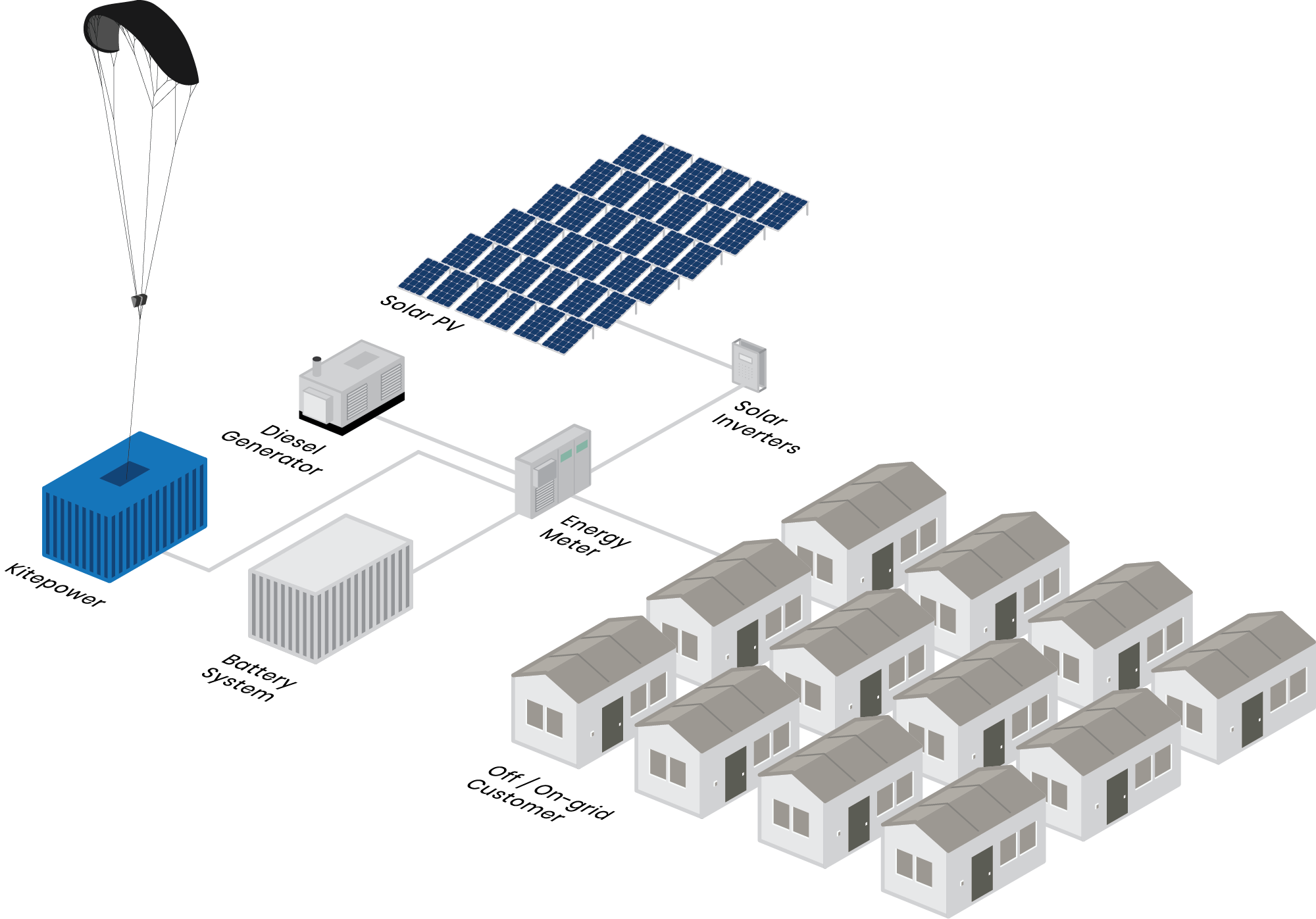Reshaping wind energy solutions for remote applications worldwide
Distributed generation for microgrids, particularly on islands, heavily relies on diesel for energy production. This not only incurs high costs and environmental pollution but also faces challenges in supply. Recognizing these drawbacks, there is a growing inclination towards hybridising with renewables. Kitepower systems, distinguished by their minimal material usage, offer heightened mobility and resilience compared to other renewables. The Kitepower Falcon, with its exceptional all-day energy production efficiency, stands out in its category.
Kitepower provides a mobile wind energy solution that is not only easy to transport and install but also occupies minimal ground space (m2). The versatile Kitepower Falcon finds applications in microgrids, humanitarian projects, and other remote areas. With this innovative system, wind energy is redefined through a local, renewable approach, promising to revolutionise microgrids worldwide.



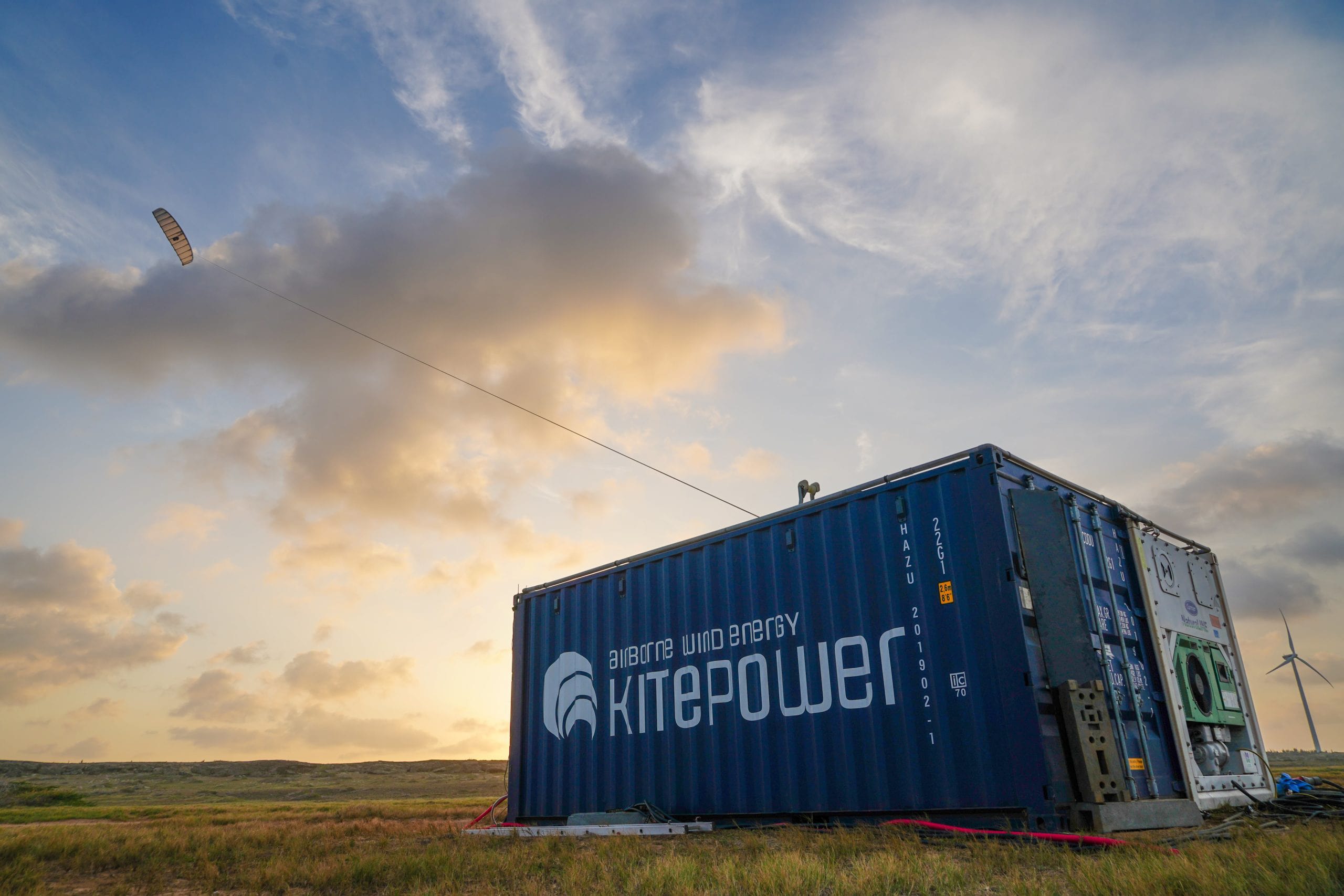


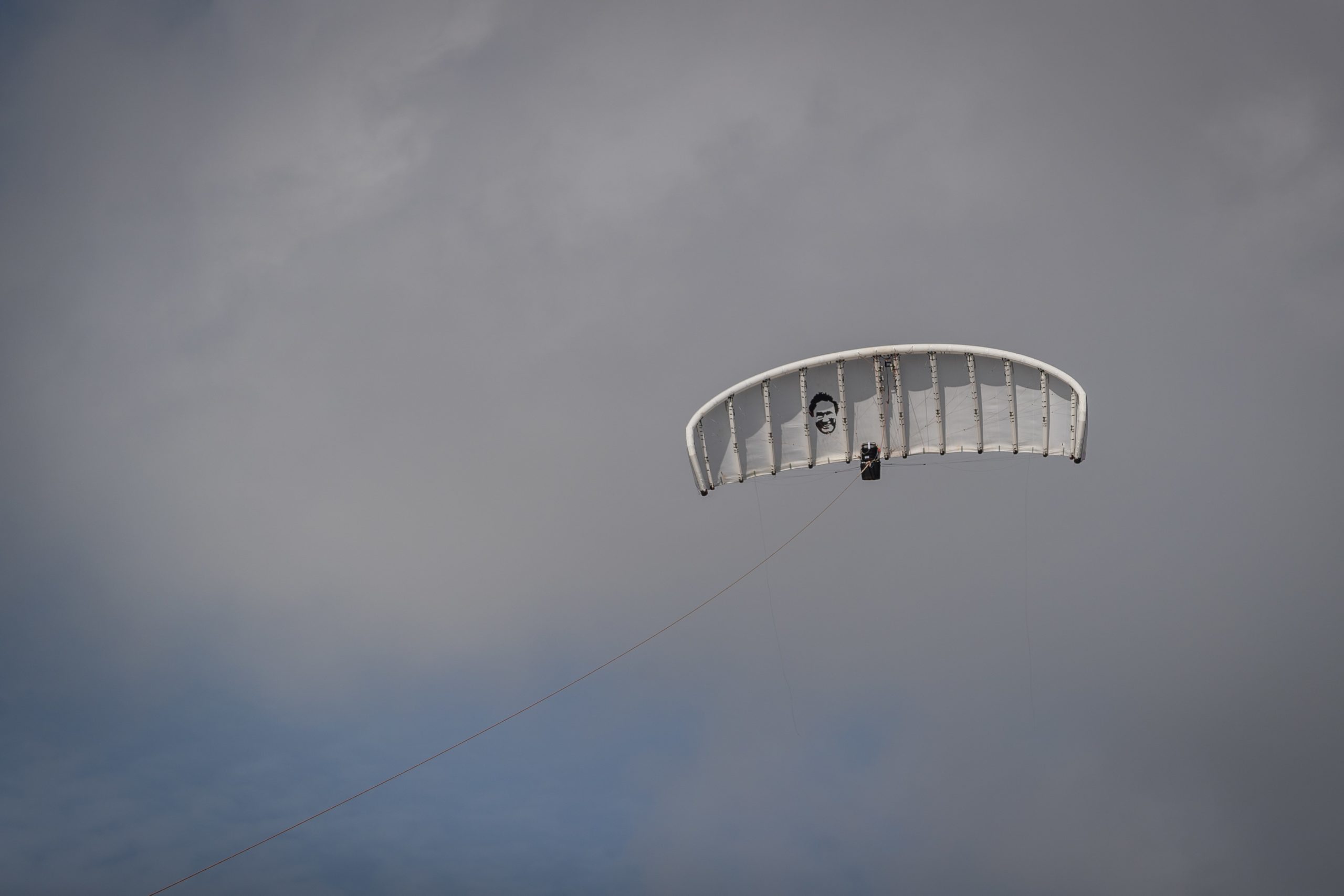
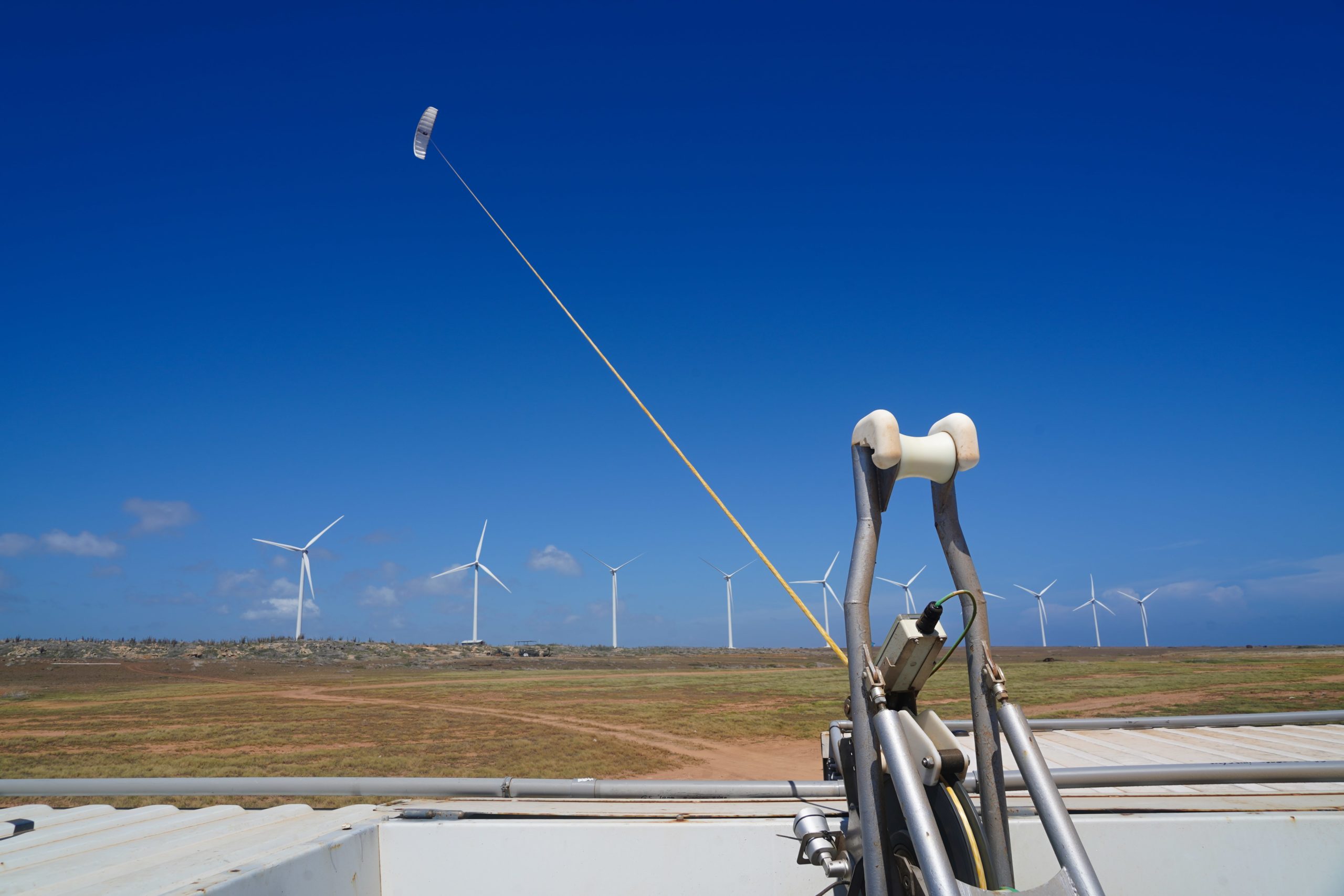

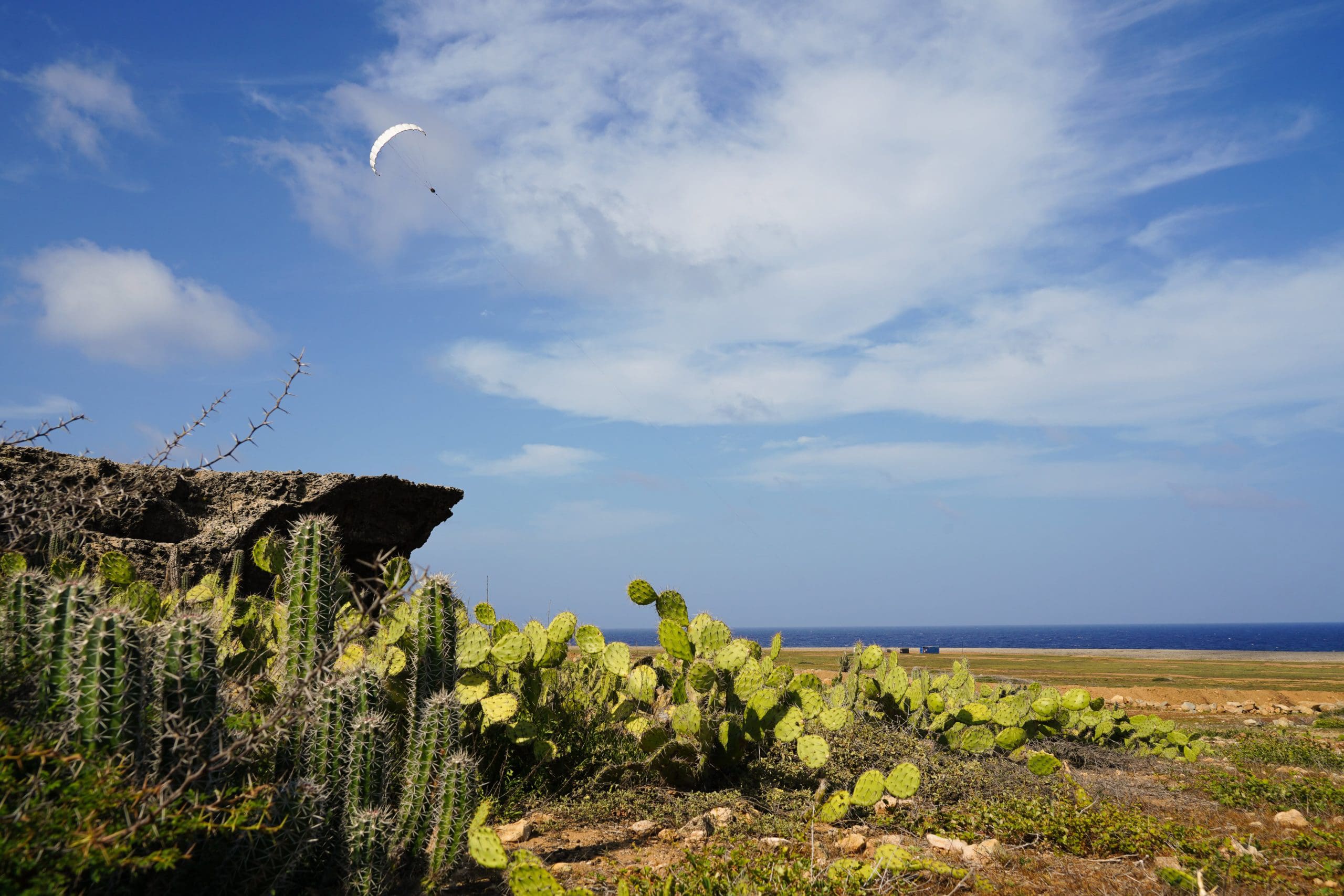
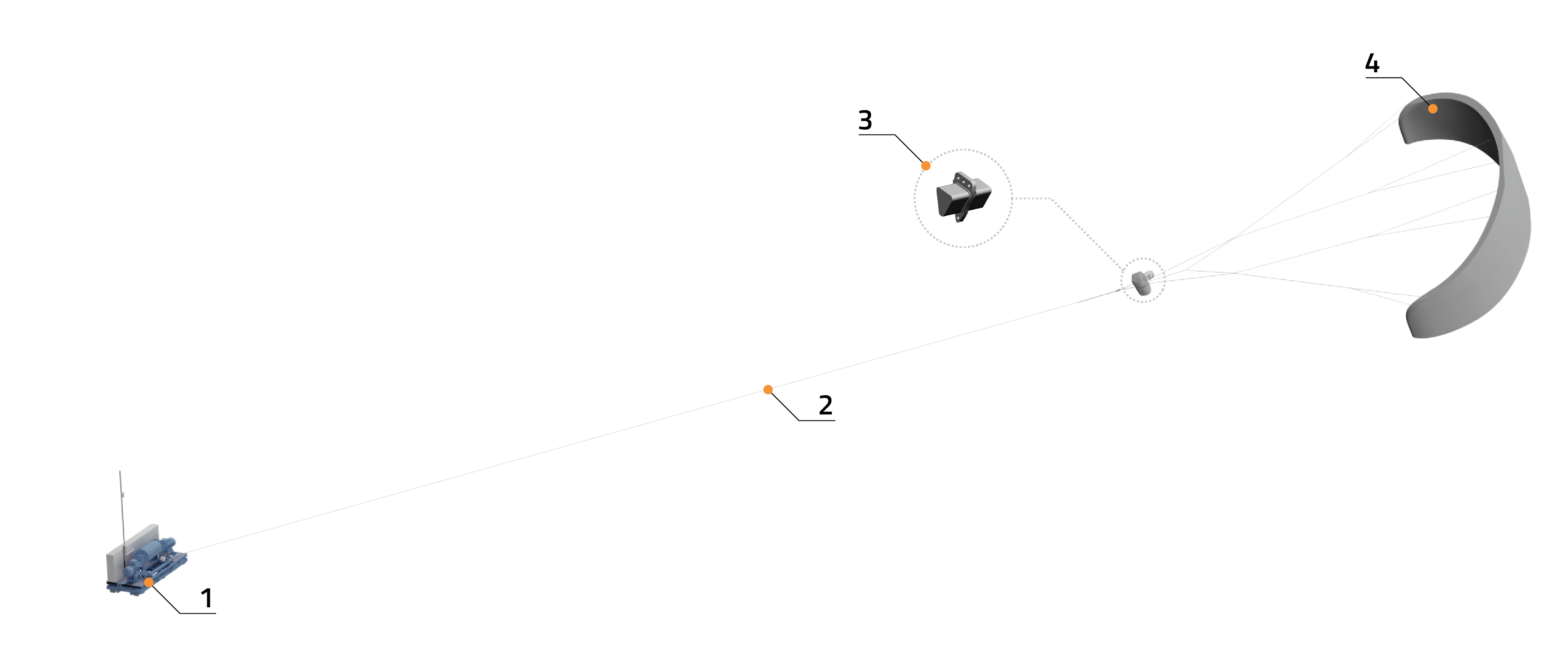
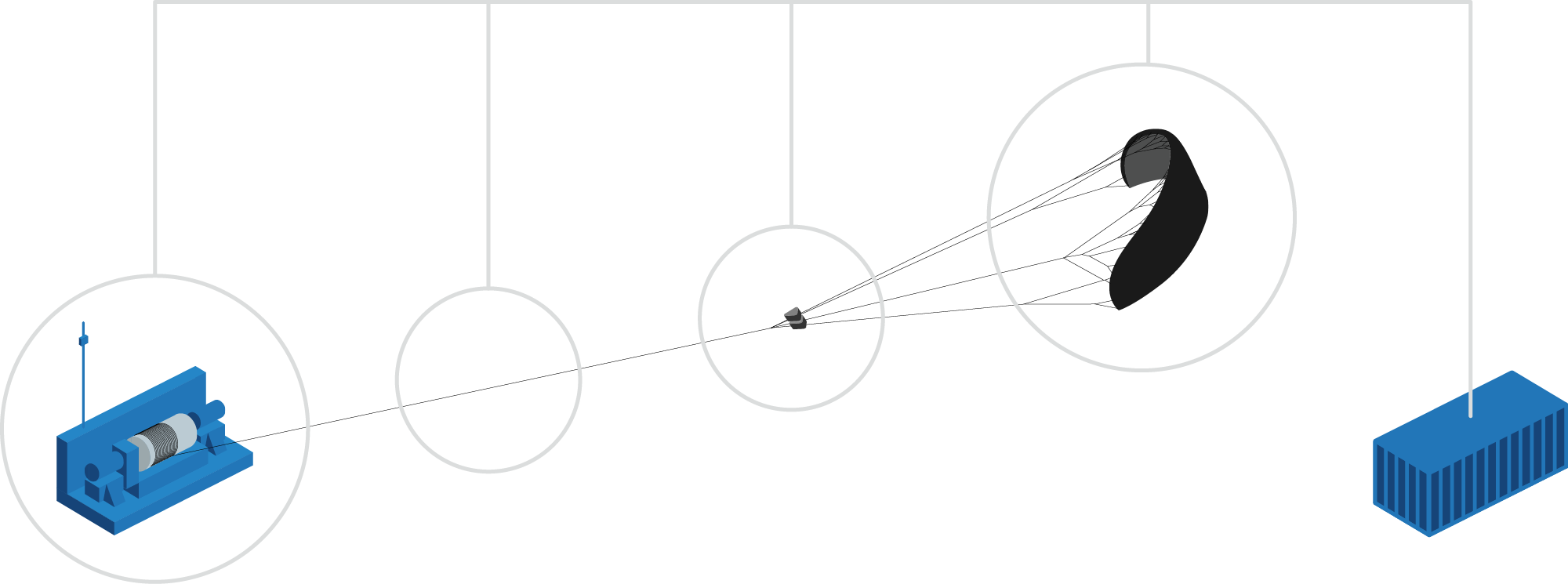

 Restricted Zone
Restricted Zone
 Flight Zone
Flight Zone
 Potential Flight Zone
Potential Flight Zone Safety Buffer
Safety Buffer Landing Zone
Landing Zone
 Launching Corridor
Launching Corridor
 Launch Pad
Launch Pad
